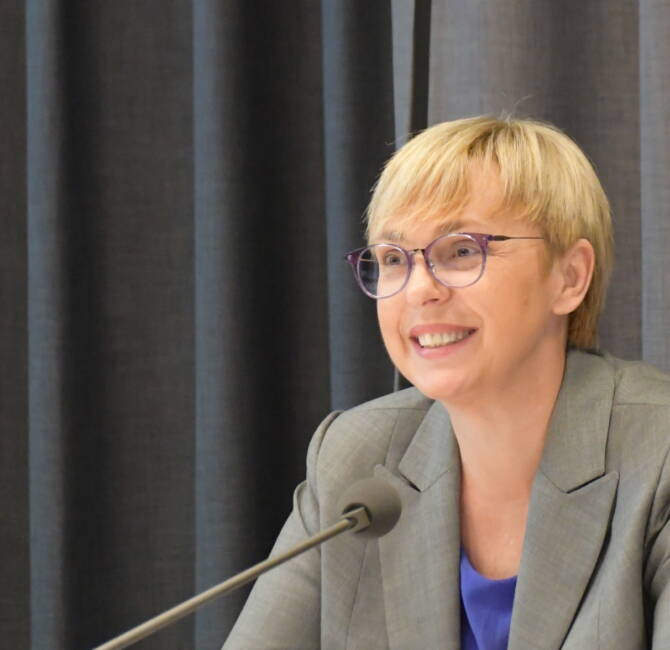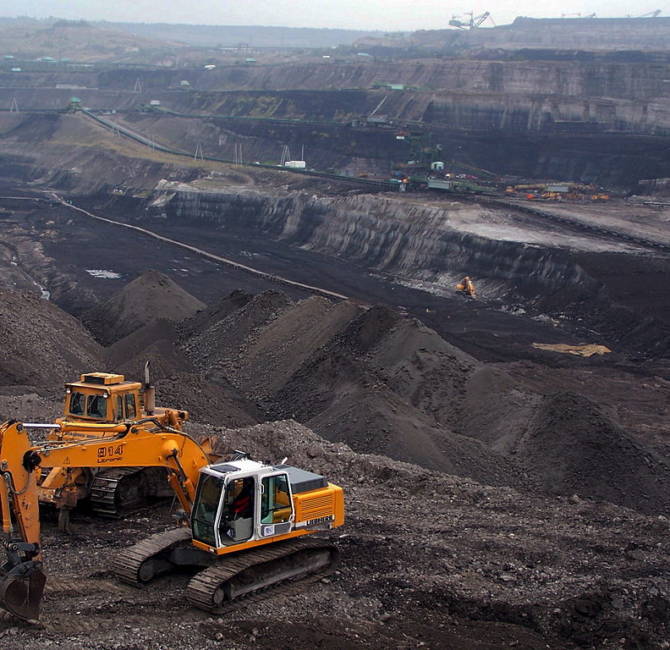Slovakia – On 29 October, Slovak voters – and also EU citizens permanently residing in the country – went to the polls to elect municipal and regional councils, as well as mayors and regional presidents.
To save money and foster greater participation, these local and regional elections were held on the same day for the first time. This plan was only half successful: the turnout of 43.7 percent in the regional elections was the highest ever (being 14 percentage points higher than five years earlier), but the turnout of 46.2% in the municipal elections was the lowest on record. In the capital Bratislava, only 37% of the electorate came out to vote.
Generally speaking, the results of the elections were marked by continuity, with 70% of mayors being re-elected by their constituents, across all political affiliations. For example, Bratislava’s liberal mayor Matúš Vallo, who ran as an independent, was re-elected for a new term, while Juraj Droba (from the liberal party SaS) was re-elected zupan of the Bratislava region. For its part, Prime Minister Eduard Heger’s OL’aNO party managed to keep its two regional presidencies. The two main left-wing parties – Hlas, led by former Prime Minister Peter Pellegrini, and Smer, led by his predecessor Robert Fico – were largely able to hold their positions, but did not manage to win new ones.
It is also worth noting that, as usual, the Christian Democratic Movement (KDH) scored well in the east and north of the country, while the Aliancia-Szövetség party, representing the Hungarian minority, remains particularly strong in the south.




